-
Posts
1,203 -
Joined
-
Last visited
Posts posted by Kevin Zanit
-
-
I don't know much about their other lighting gear, but I have used their 12k Silver Bullet on tons and tons of projects. It's a workhorse.
Kevin Zanit
-
For a motion like that 125 - 150 fps should be plenty fast.
-
http://www.kevinzanit.com/sample/br_reel_07_medium.mp4
Is stuff myself and Elhanan (who posts here) have shot at 1000fps. I have some 350 and 500 somewhere, I will try and find it.
What type of action do you need to shoot and I can probably suggest a frame rate.
Kevin Zanit
PS Please don't cross post your questions, I answered your other post in the other thread this one time.
-
http://www.kevinzanit.com/sample/br_reel_07_medium.mp4
Is stuff myself and Elhanan (who posts here) have shot at 1000fps. I have some 350 and 500 somewhere, I will try and find it.
What type of action do you need to shoot and I can probably suggest a frame rate.
Kevin Zanit
-
Its not so much he did anything wrong, its that someone will actually take this job. What this does is lower all low-budget pay from little to nothing. If producers can't find free labor they have no choice but to either pay something or not do the shoot.
And with these cheaper "HD" cameras (I still don't consider anything under $80,000 a professional HD camera) being more available, you have more unqualified owner operators willing to step in.
I love my craft, which is why I don't bother taking work that can't/ won't afford to pay for my tools, if they can't pay a kit fee, then they definitely can't pay for any of the gear that lets me do a job to my standards.
-
Ah, well then thank Tim Terner for the link ;)
-
Because they are cheap, put out a lot of light and don't pull much power. Plus, I already had 12 of them on the show for another location (10 of which are my personal gear).
-
I second the GFIs, I forgot to mention them originally, I guess it should be said that safety around water should be one of the main concerns.
-
Cine Speedcam
in HD
I have shot with that camera a ton, but Elhanan Matos, who posts here has been the main operator for the camera in the US for years now, PM me for his phone# if you want.
Kevin Zanit
-
The shadows being cast are from lit tike torches actually, no lighting gear on that side of the set. That is a uncorrected grab from either a rehearsal or a take.
The light is lower than I would have liked it to be, just no way to go any higher (in a practical way). It was an 18k about 24' high (slightly taller than the roof of the house), so it is somewhat low angle. That said, the part of the take that this still is from is only on screen for a few seconds, so no real time to study it like we can off a still, so I am not real concerned.
The camera was a Panavised F900 and the still was taken off a Leader Waveform monitor with a CF card slot.
Kevin Zanit
-
It could be anything from using a hand cranked camera, to rapidly stopping and starting the camera, more likely though is that they were done in post.
-
You want people to take the time to post essentially a course in cinematography for you, but you can't take the time to write out the word "Please" or write a coherent question in the first place?
All that said, this entire forum is in place to give what you are looking for. Just start reading all the questions posted here, they cover everything you can imagine on all aspects of cinematography.
Kevin Zanit
-
I am assuming this is a night scene?
I did a big night time party scene around a pool, I wanted the pool to glow (it was in the shot), and I also wanted some moving water effects to be projected on the set and talent.
For the pool I just bounced 10 or so 1k PARs spread around the pool (out of frame) to light up the pool fairly evenly.
I also had additional light sources for the party (18k 'moon light' and then a bunch of smaller units), and they did exactly what I was looking for.
The shot was one big Steadicam move (done fantastically by Randy Nolan) that follows the girl (below) through the party and ending in a MS of these two couples.
(note these still were taken directly off of the waveform monitor, they are a bit off from the final image, my DIT felt the gamma was different as was the noise level)
Kevin Zanit
-
Using references is a good way to communicate the director and DP's intentions to the colorist. I feel it is very important to have the cinematographer involved in this step as he is the one who would likely be able to make the best decisions on these types of things.
There is no right and wrong, if you know what you want the piece to look like and NOT look like, watch the reels and see if someone comes close to what you are looking for. Then you know he can do something you will be happy with.
-
A reel is not that helpful in making these judgment calls because you never see the original material, and of course, you are watching his best work.
I think talking to the people you have in mind, and running some short tests with them can be a big help. In my experience, I have worked with very few good colorists. I have worked with many okay ones, and about just as many horrible ones.
Test, test, test!
Kevin Zanit
-
Helicopters are one of the more dangerous things you can be involved with in the filmmaking world.
NEVER let a producer or director push the pilot to do something he is reluctant to do, EVER. NEVER fly in a helicopter whose pilot has not flown for movies before.
Always travel the flight plan with the pilot from the ground (when possible) to double check for things like power lines, etc.
Never modify a proper harness with your own stuff like rope, etc. Neil Fredericks who posted here died in a plane crash mostly because he tied himself into the plane with rope and when it crashed into the water he could not free himself. If flying over water, have a dive/ pilots knife strapped to your ankle, over your pants so that you can get to it and cut away your harness if need be.
Safety the camera in separately from you.
Do not do anything without the pilot?s permission, i.e. exiting the chopper, etc.
Trust your gut, no shot is worth dieing for. If production seems to have cut corners with the pilot or aircraft, f*ck it, it?s just not worth it. Many camera assistants I work with have a no helicopter policy, they?ll get someone to cover for them.
This topic is huge and has been discussed before; the list above is by no means complete.
Kevin Zanit
-
I agree, I started getting interested in lighting through theatrical lighting design. One of my first sort-of mentors was Bill Klages, he told me that a job called a cinematographer exists and gets to mix both my love of lighting and photography (I was probably only 8 or 9 years old at the time). He sent me a bunch of these ASC anniversary books that had tons of great pictures from older movies and such, I still have them somewhere.
-
I think I'm glad I don't have to clean all that crap up! ;)
-
Thanks!
Odd that you were banned, I am not familiar with the thread/ situation. I check in there every few days, not as regularly as I do here.
-
I know Sam Bayer owns "Dragon Cam" which rents cameras through Panavision. He has a bunch of Panavised 435s, and as far as I know those are the cameras he uses on all his shows.
Some of his more recent videos have a lot of dialogue in them, so I don't know if they just tried to quiet down a 435 or if he brought a sound camera on.
Kevin Zanit
-
Michael: Never said it was the only way to do it, just the main way that I have seen it done, at least in LA. I also remember a huge thread involving you (I think), Phil Rhodes and someone else on this subject with regard to the viability of the different direct to disc methods. No clear end was reached.
Like I said, I never said it?s not possible or that there are not ways to go truly direct to disc, just that I have yet to see them.
-
Most of the service I have seen that are "direct to disc" all go at least through a deck, and usually first go to tape, and then they capture the final tape onto hard drive.
The reason I was told for this is because of how the Da Vinci creates its cues in conjunction with deck control can not easily be done strait to hard drive.
I am not 100% on the technical reasons why, but just in my experience this is how they are set up (Laser Pacific, Modern, The Post Group, Entertainment Post, Level 3 just to name a few of the post houses I have dealt with that had the above setup).
-
Going to hard disc is a fairly easy option these days. It just depends on how your post house is set up.
If you were to do your telecine on a decent HD machine, say a Shadow, they would transfer your footage to HDCam and then from there they would transfer it to hard drive in HD Quicktime files (or perhaps a tiff sequence).
I am not aware of any companies who offer telecine DIRECT to hard drive, they all transfer to hard drive off a tape, so it is a second fee (around $100 an hour I think).
I don't know where you are located, but Entertainment Post in Burbank, CA may be a good option for you. They offer all the above with pretty good colorists and equipment.
Kevin Zanit
-
Internet viewing issues are something I think about more and more. I am used to the notion that most people's monitors are not SMPTE calibrated, and I have seen my stuff broadcast on TV, on my own TV and have been surprised how it looked (with whatever workflow the project went through for broadcast changing the look). I have also seen my stuff on other people's TVs that were way off.
My big concern is also how with places like Youtube getting bigger, and the flv video format in general looking pretty bad that the standard for online content is getting lower and lower.
I recently shot a series for superdeluxe.com, a internet TV site, one of my concerns was how its viewed (compression and such). It's completely out of my hands. For the type of show it was, the quality is not a huge issue, but as more and more content is for online viewing, I just hope that the bar does not get too low as far as quality goes.
Kevin Zanit



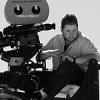
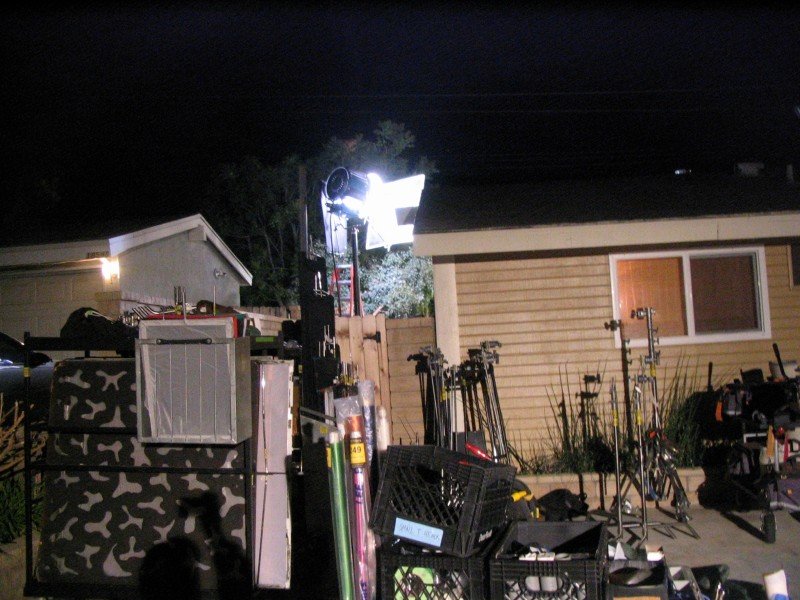
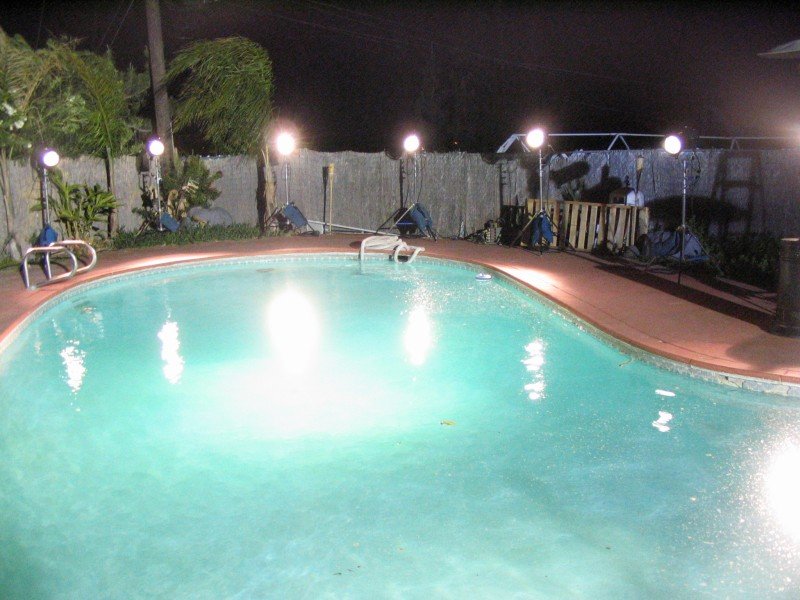
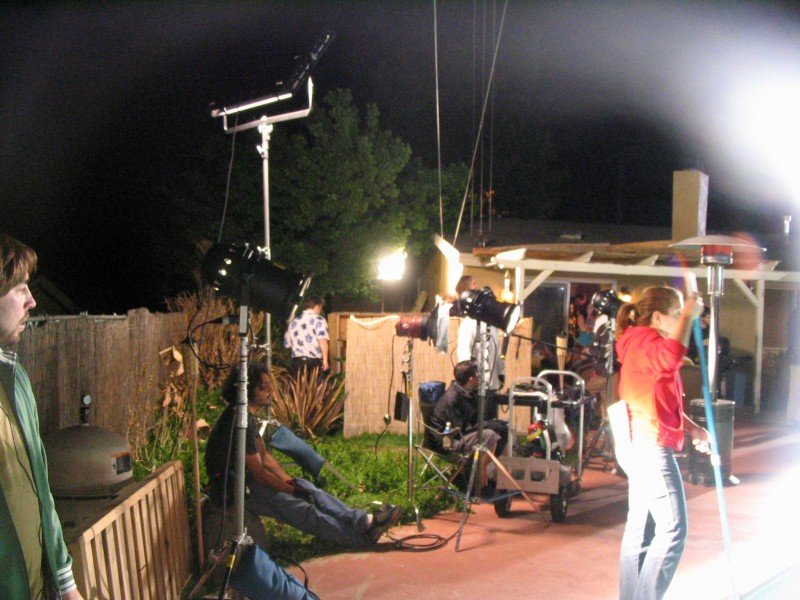
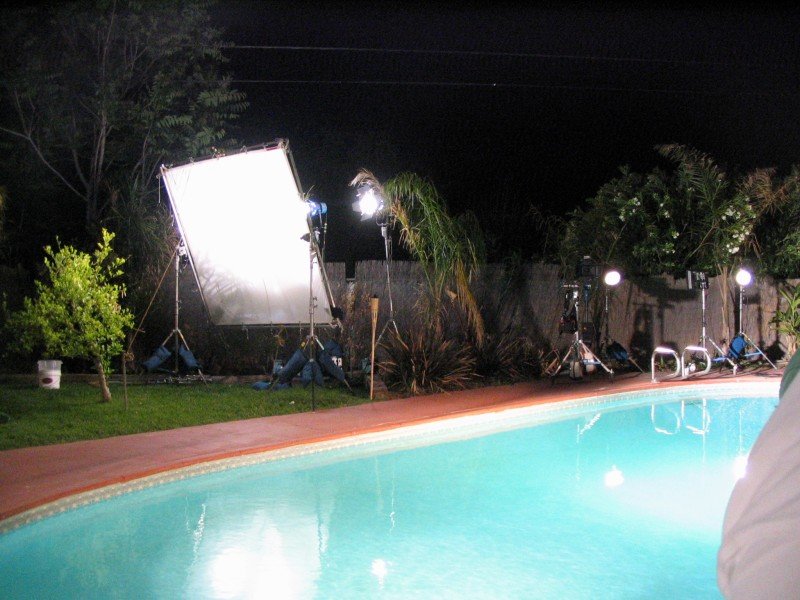
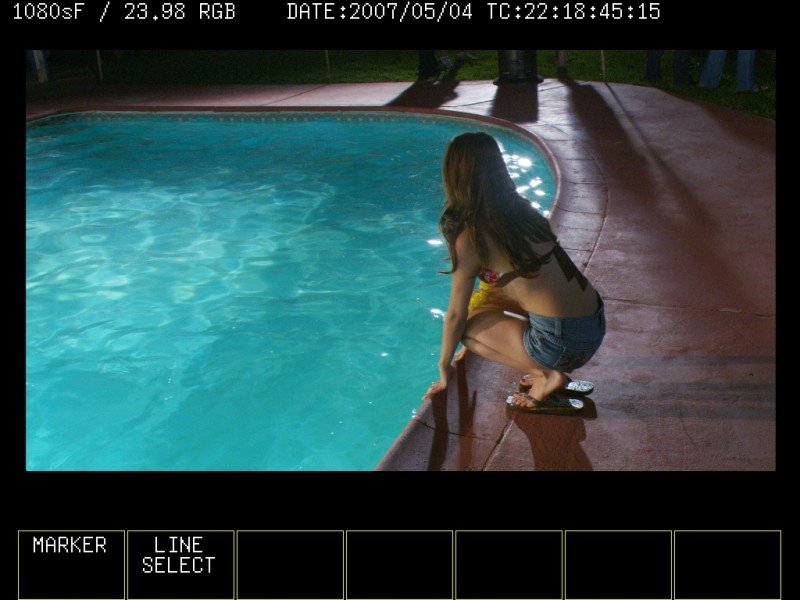
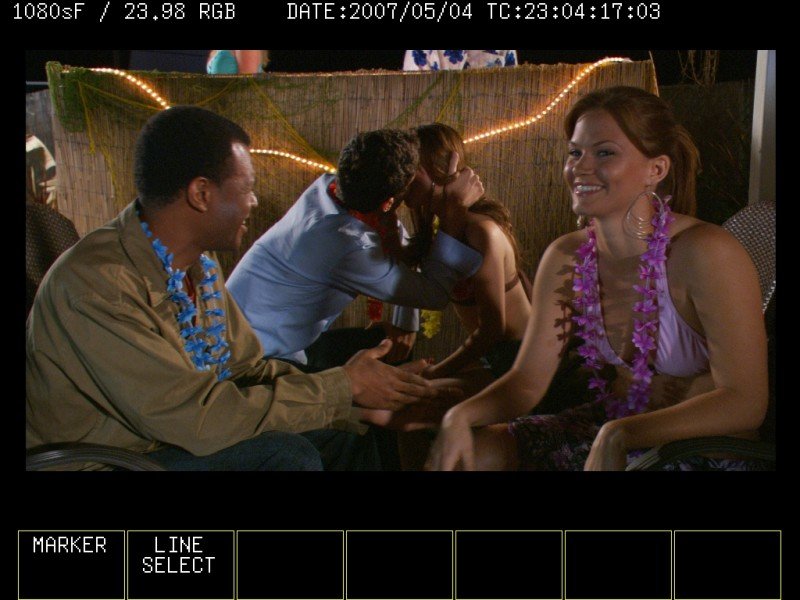
Tungsten flicker at 150Fps
in General Discussion
Posted
As was said,
Anything smaller than a 5k will flicker at high frame rates on AC power. I have gotten away with mixing some 1k PAR back lights or bounce mixed with plenty of 10ks, it flickers but is not noticeable if the object is moving (i.e. a drink pour etc).
For example, from this weekend:
Kevin Zanit